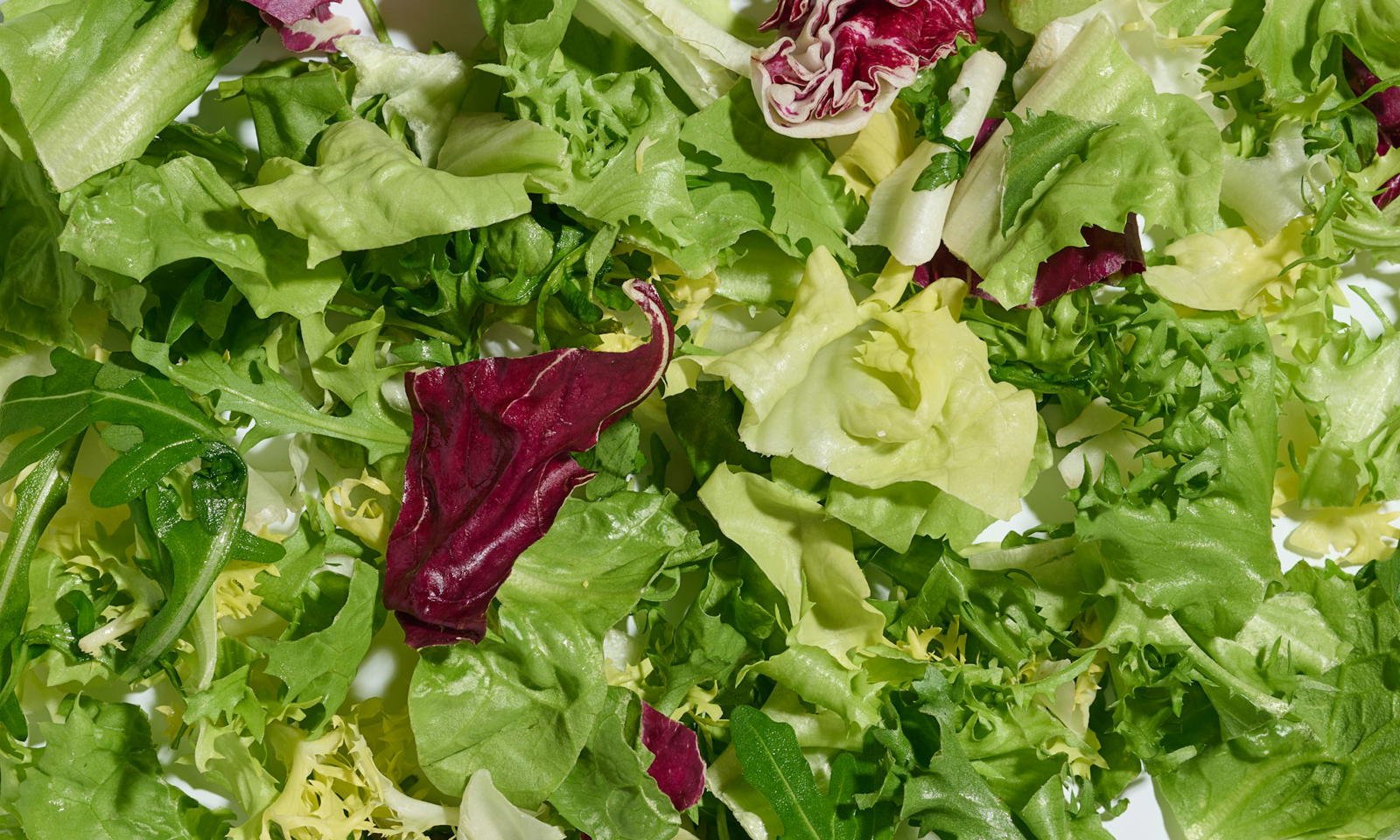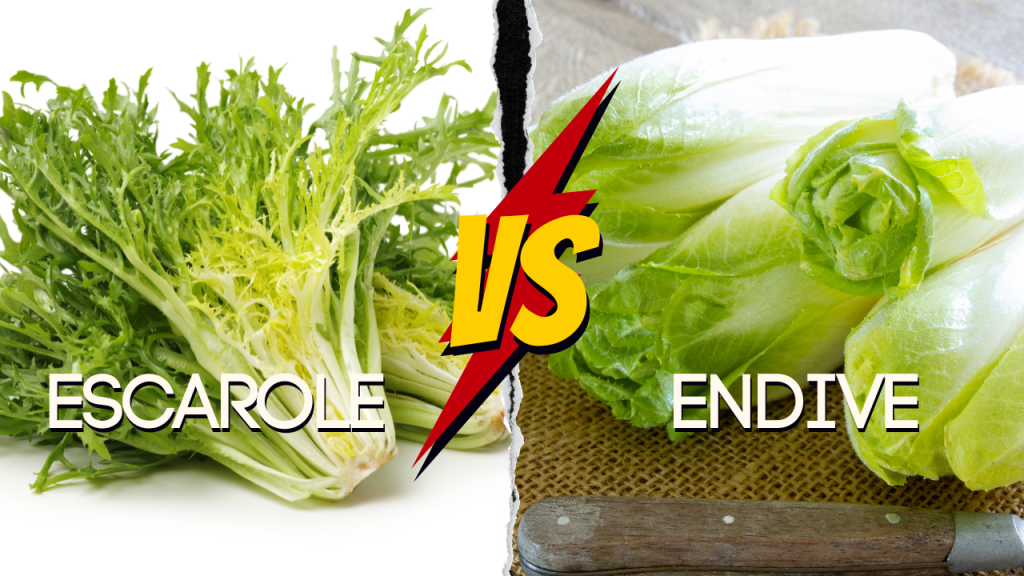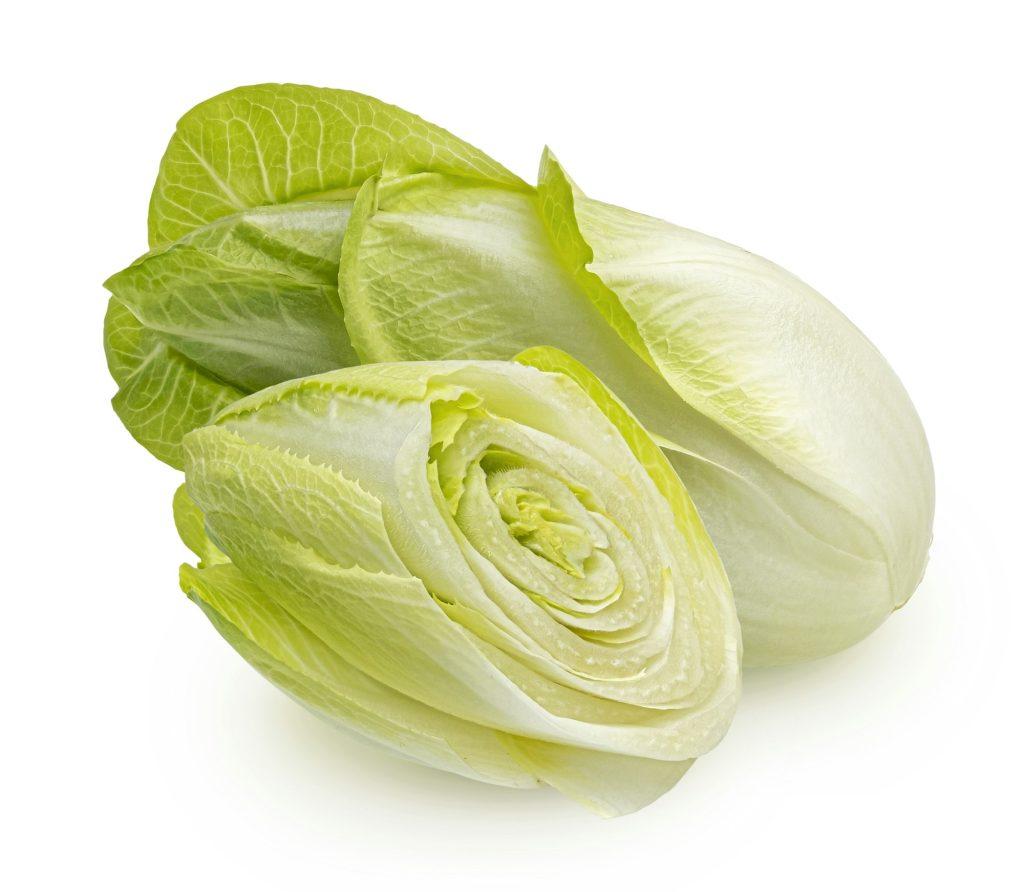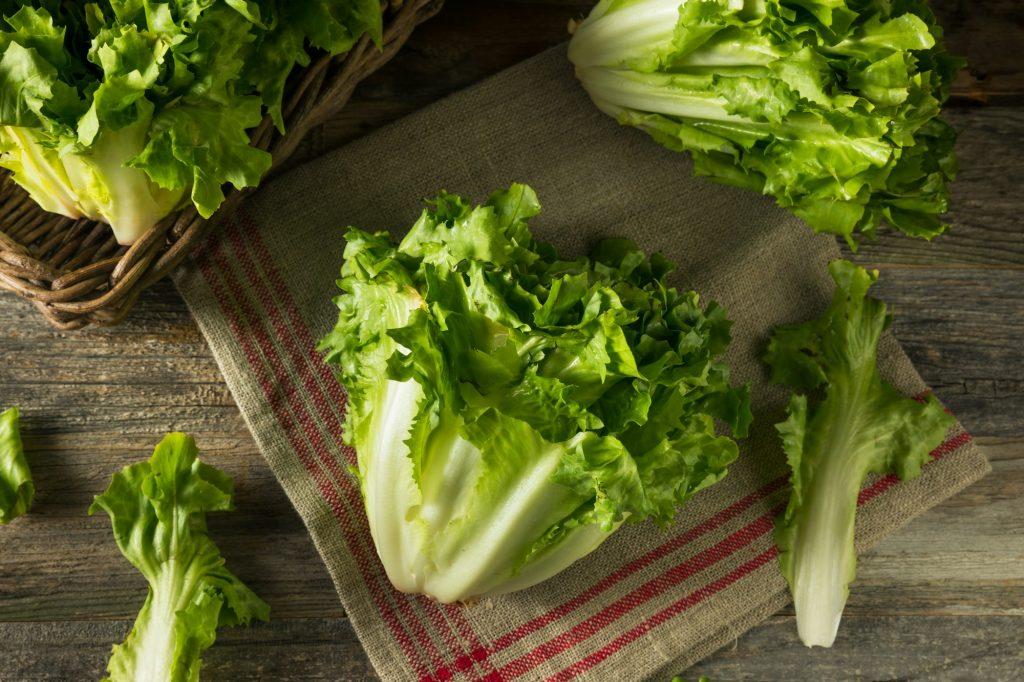As a chef at the Boat Basin Cafe in NYC, I’m always exploring unique ingredients to elevate everyday dishes. One day, I discovered escarole, a leafy green that changed my salad game forever. This versatile vegetable has become a staple in my kitchen, impressing with its distinct flavor and texture in hearty soups, grilled sides, and more.
I first tried escarole at a cozy Italian restaurant, where they served it braised with garlic, white beans, and sausage. The slight bitterness and tender texture were a revelation, showing me there was more to this green than just a limp lettuce substitute.
As chef Sarah Grueneberg once said, “Escarole is like the gateway drug to the world of chicories,” leading me to explore other lesser-known greens like radicchio and frisee.
🧐 What Does Escarole Look Like? (And Why You Should Care)
To help you identify escarole, I’ve provided side-by-side photos of the most common varieties found in my area: broadleaf and curly.
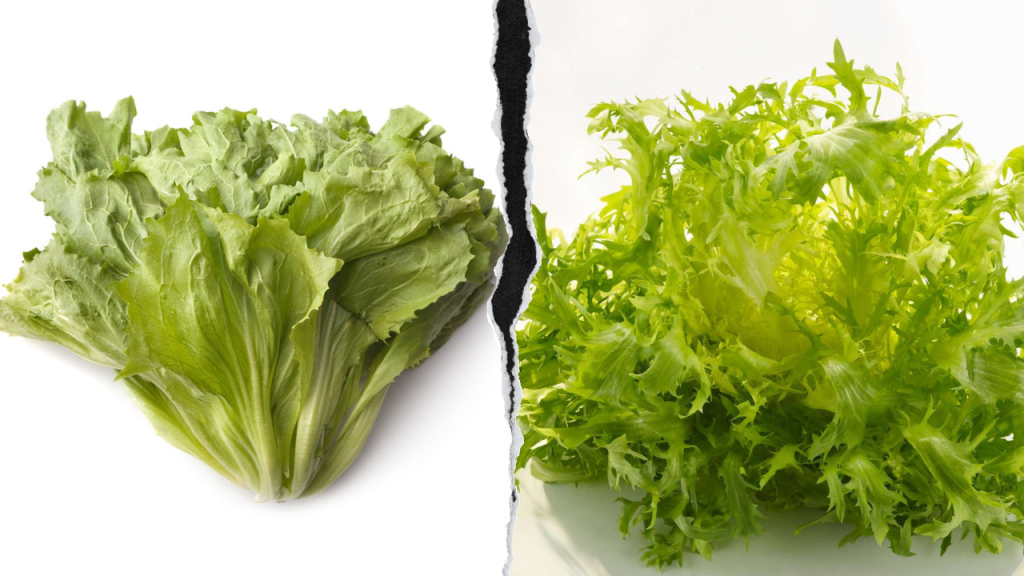
As you can see, the leaves are broader and flatter than your typical lettuce, with a distinctive white rib running through the center.
💁🏻♂️ My Market Tip: When shopping for escarole, look for firm, crisp leaves with no signs of wilting or browning.
The fresher the escarole, the better the flavor and texture will be in your dishes.
Don’t be afraid to give the leaves a gentle squeeze to check for crispness!
Variety is the Spice…of Chicories?
| Feature | Escarole | Curly Endive (Frisée) | Radicchio |
|---|---|---|---|
| Appearance | Broad, flat leaves OR curly, frilly leaves | Tightly curled, fine leaves | Round head, deep red leaves with white veins |
| Flavor | Mild to moderately bitter | Distinctly bitter | Bitter, sometimes spicy |
| Texture | Tender inner leaves, hearty outer leaves | Crisp, slightly springy | Crisp, slightly firm |
| Best Uses | Soups, braises, salads, sautéed, grilled | Salads, garnishes | Salads (in moderation), grilled, risotto |
| Substitutes | Spinach, Kale, Mustard Greens | Dandelion Greens, Arugula | Belgian Endive, Treviso |
Escarole is part of the endive family, which includes other chicories like frisee, radicchio, and Belgian endive. Here are the main types of escarole:
- Broadleaf escarole: Also called Batavian, it has larger, flatter leaves
- Curly escarole: Also known as frisée, known for its frilly, tightly curled leaves
Learn more about the differences between escarole and endive in this in-depth guide to escarole.
🌱Color Changes & Your Cooking
- The outer leaves of escarole are darker green and more bitter – perfect for sauteed escarole or grilled escarole.
- The inner leaves are lighter and milder – great for escarole salads or soups.
- As escarole cooks, it turns a brighter green color and becomes more tender.
👅Taste the Seasons
I conducted a side-by-side tasting of early-season and late-season escarole at the Boat Basin Cafe. The early-season escarole had a milder flavor and more tender texture, while the late-season escarole was slightly more bitter and robust.
This seasonality can affect your choice of escarole recipes – opt for lighter dishes with spring escarole and heartier flavors with fall harvest.
💪 Escarole: Beyond the Basics
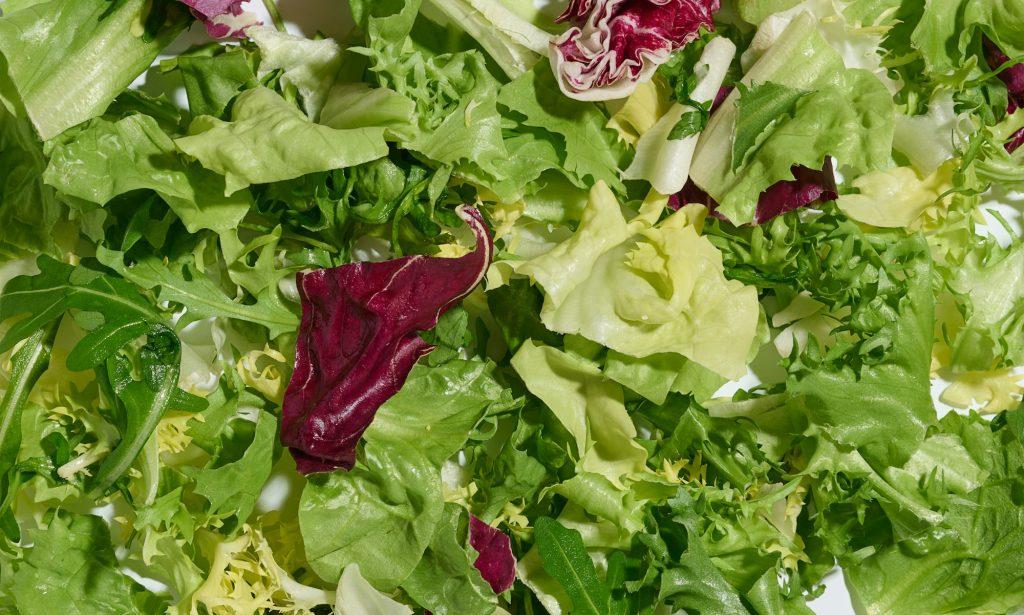
Nutrition Win 🏆
- Escarole is a nutrient-dense leafy green, packed with vitamins A, C, and K, as well as folate and fiber.
- One cup of raw escarole contains just 8 calories, making it a great choice for health-conscious eaters.
- Check out the complete escarole nutrition facts to see how it stacks up against other greens.
| Nutrient | Amount per 1 cup (85g) raw escarole |
|---|---|
| Calories | 8 |
| Vitamin A | 36% of the Daily Value (DV) |
| Vitamin C | 5% of the DV |
| Vitamin K | 164% of the DV |
| Folate | 12% of the DV |
A History Lesson in Your Salad 📜
- Escarole has been cultivated in Europe since ancient times, with records of its use dating back to the Roman Empire.
- It was a staple in Italian cuisine for centuries before gaining popularity in the United States in the early 20th century.
- Fun fact: In the 1930s, escarole was often marketed as “Italian dandelion” to appeal to Italian-American consumers.
My “Aha!” Texture Moment 💡
- The first time I cooked with escarole, I made the mistake of not blanching it before adding it to a soup. The result was a tough, chewy mess!
- I quickly learned that blanching escarole for 1-2 minutes in boiling water before sautéing or adding to soups helps to tenderize the leaves and reduce bitterness.
- This simple step can make a big difference in the final texture of your dish.
Foraging Fanatics 🌿
- Did you know that wild chicory greens, like dandelion, can be used as a substitute for escarole?
- Foraging for wild greens has become increasingly popular among adventurous cooks and sustainability enthusiasts.
- If you’re interested in trying your hand at foraging, be sure to educate yourself on proper identification and safe harvesting practices.
👩🌾 Escarole Pro Tips (You Won’t Find These Everywhere)
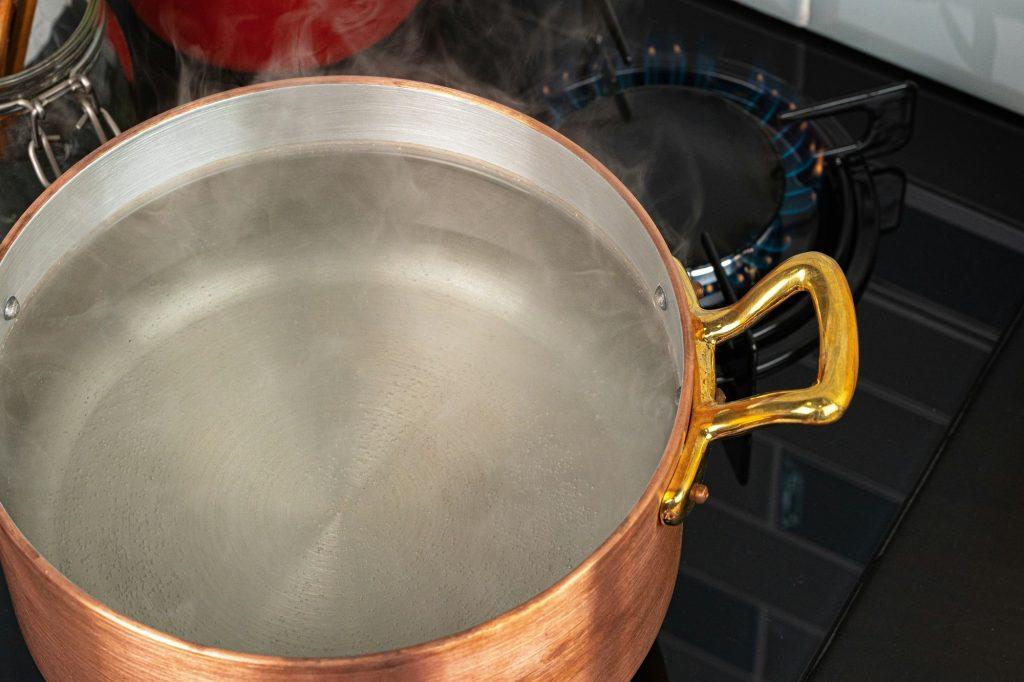
Blanch Like a Pro 🥢
Blanching escarole before sautéing or adding to soups helps to tenderize the leaves and reduce bitterness.
- Bring a large pot of water to a boil.
- Add the escarole leaves and cook for 1-2 minutes.
- Remove the leaves with a slotted spoon and immediately plunge them into an ice bath to stop the cooking process.
- Drain the leaves and pat them dry before using in your recipe.
“Sub It Like a Chef” 🥗
- Escarole can be a great substitute for other greens in many recipes. Here are a few ideas:
- Use escarole instead of spinach in a classic Italian wedding soup recipe.
- Swap out the kale in your favorite sautéed greens dish for escarole.
- Try using escarole in place of romaine in a Caesar salad for a unique twist.
- Don’t be afraid to get creative and experiment with escarole in your favorite recipes!
Get Creative, Not Soggy 💧
- To keep escarole extra crisp, store it in the refrigerator wrapped in a damp paper towel and placed in a plastic bag.
- If you’re planning to use the escarole raw in a salad, wait to wash it until just before serving to avoid excess moisture.
- For cooked dishes, be sure to drain the escarole well after blanching or sautéing to prevent soggy results.
| Cooking Method | Prep Tips |
|---|---|
| Sautéing | – Rough chop the leaves – Heat oil in a large skillet – Sauté until tender and slightly wilted |
| Grilling | – Leave the leaves whole – Brush with oil and season with salt and pepper – Grill over medium heat until lightly charred |
| Soup/Stew | – Rough chop the leaves – Add to the soup/stew during the last 5-10 minutes of cooking |
| Raw Salad | – Tear the leaves into bite-size pieces – Wash and dry well – Toss with your favorite dressing |
Renowned chef Michael Symon has praised escarole’s versatility, stating, “Escarole is one of those greens that can do it all. It’s great raw in salads, braised in soups, or sautéed with garlic and olive oil. It’s a true workhorse in the kitchen.”
Conclusion
The Craving You Didn’t Expect 😋
- After experimenting with escarole in various dishes at the Boat Basin Cafe, I’ve found that it has a way of winning over even the most skeptical diners.
- Its unique texture and slightly bitter flavor add depth and complexity to a wide range of recipes, from hearty Italian soups to crisp and refreshing salads.
- Once you’ve tried escarole, you may find yourself craving it in unexpected ways – I know I do!
Share the Obsession 📣
- If you’ve tried any of the recipes or techniques mentioned in this guide, I’d love to hear about your experience!
- Share your favorite escarole recipe in the comments below, or tag me on Instagram [@boatbasincafe] with your culinary creations.
- Let’s spread the escarole love and inspire others to give this underappreciated green a chance.
In the words of food writer and cookbook author Melissa Clark, “Escarole is like the secret weapon of the vegetable world. It’s time for it to step out of the shadows and into the spotlight.”
So, what are you waiting for? Grab a head of escarole on your next grocery run and start experimenting with this versatile and flavorful green. Your taste buds (and your dinner guests) will thank you!
